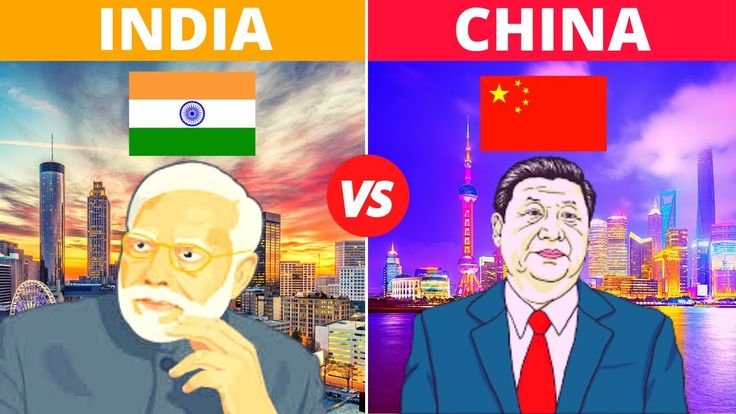In 2020, tensions escalated between India and China over the Line of Actual Control (LAC) in the Himalayas, marking the beginning of what seems to be an intense and prolonged period of hostilities. For close to four years, skirmishes and conflicts have dotted the border region of these two populous nations. However, an all-encompassing Cold War is now unfolding in the Indian Ocean, amplifying the existing strain.
The two nations, India and China, are battling for control and influence in the region, drawing smaller, less powerful nations like Maldives, Sri Lanka, and Bangladesh into the fray. These countries are being forced to choose sides between India and China, a decision that stands to bring consequences as well as benefits. Amidst all this, China has continued its dedicated effort of sending spy ships across the Indian Peninsula.
Interestingly, India has responded with unequivocal firmness, unsettling even China. The Indian Navy has actively deployed several warships and submarines in the Arabian Sea, Bay of Bengal, and the Indian Ocean. This reactive measure signals India’s readiness and commitment to protect its regional interests and sovereignty.
Collaborating with the United States, the Indian Navy has carried out significant operations recently against the Houthi rebels in the Gulf of Aden. These strategic partnerships and actions serve as a stern warning against belligerent states. With the rescue of 19 Pakistani crew members held hostage by Somali pirates, the Indian Navy showcases its rising humanitarian interventionism and hard power projection against piracy threats.

At odds with China’s aggressive sea domination, India’s strategy is human-centric and strategic — protecting ships from several countries that pass through pivotal areas like the Arabian Sea and the Indian Ocean.
Moreover, the global business landscape is also transitioning. Major investors and financial institutions such as BlackRock, AXS JP Morgan, along with tech giants like SoftBank, Tesla, and Microsoft, are gradually withdrawing from China and gravitating towards India. India’s transparent economic system and infrastructure improvements make it an attractive option for Western investors. However, these shifts are leading to a simmering jealousy and competitiveness from China, escalating the situation further.
Read More:- Putin Critiques US Dollar Weaponization as Strategic Blunder
In conclusion, India and China relations in the Himalayas and the Indian Ocean are worsening and might potentially lead to a major conflict. Both nations have fortified their stances, and the world watches on with bated breath as an extended period of strategic rivalry unfolds.
Fan Of Anime? Check out:- https://popmediapulse.com/
